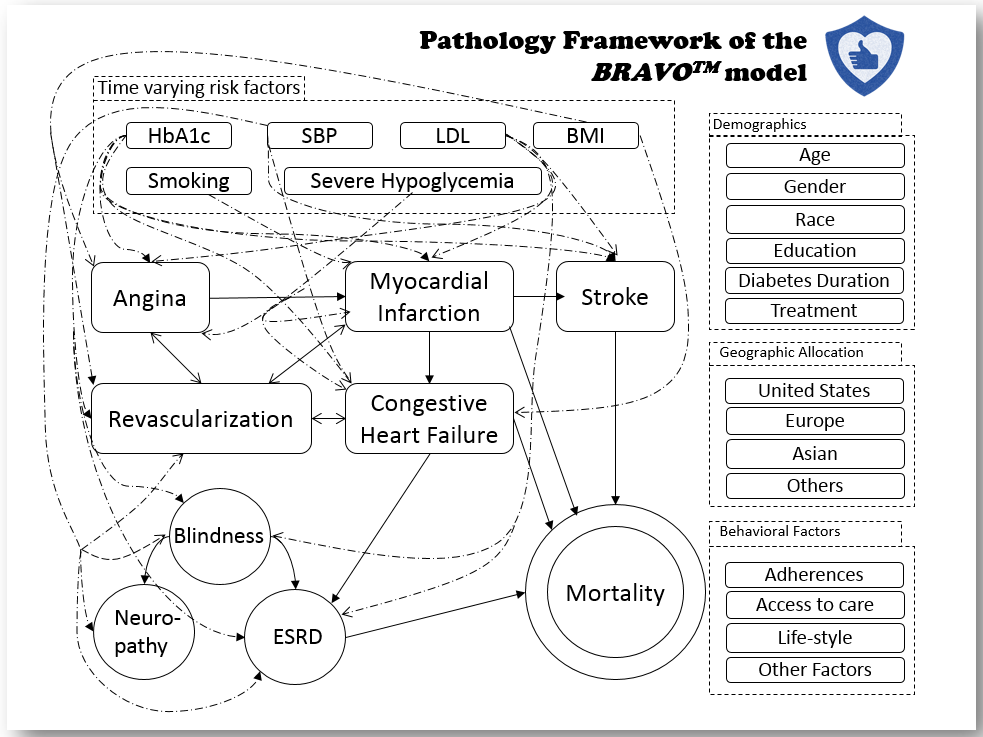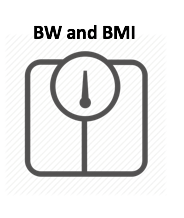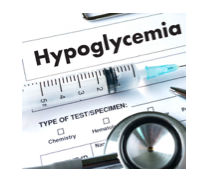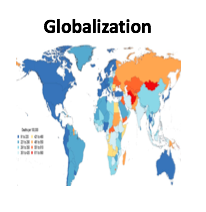- Shao Hui, Guan Dawei, Fonseca Vivian, Shi Lizheng, Basu A, Pop-Busuim R, Ali M, and Brown Joshua. “Economic Evaluation of the $35 Insulin Copay Cap Policy in Medicare and Its Implication for Future Interventions.” Diabetes Care, September 12, 2022, dc221230. https://doi.org/10.2337/dc22-1230.
- Shao Hui, Alsaleh A, Dex T, Lew E, and Fonseca Vivian. “Cost-Effectiveness of IGlarLixi Versus Premix BIAsp 30 in People with Type 2 Diabetes Suboptimally Controlled by Basal Insulin in the US.” Diabetes Therapy 13, no. 9 (September 1, 2022): 1659–70. https://doi.org/10.1007/s13300-022-01300-5.
- Lin Yilu, Shao Hui, Shi Lizheng, Anderson A, and Fonseca Vivian. “Predicting Incident Heart Failure among Patients with Type 2 Diabetes Mellitus: The DM-CURE Risk Score.” Diabetes, Obesity and Metabolism n/a, no. n/a. Accessed September 14, 2022. https://doi.org/10.1111/dom.14806.
- Shao Hui, Guan Dawei, Guo J, Shi Lizheng, Fonseca Vivian, Brown Joshua. “Projected Impact of the Medicare Part D Senior Savings Model (SSM) on Diabetes-Related Health and Economic Outcomes among Insulin Users Covered by Medicare.” Diabetes Care, June 14, 2022, dc212601. https://doi.org/10.2337/dc21-2601.
- Kianmehr Hamed, Zhang Ping, Luo J, Guo J, Pavkov M, Bullard K, Gregg E, Shao Hui. “Potential Gains in Life Expectancy Associated With Achieving Treatment Goals in US Adults With Type 2 Diabetes.” JAMA Network Open 5, no. 4 (April 18, 2022): e227705. https://doi.org/10.1001/jamanetworkopen.2022.7705.
- Shao Hui, Kianmehr Hamed, Guo J, Li P, Fonseca Vivian, and Shi Lizheng. “Efficacy of IGlarLixi on 5-Year Risk of Diabetes-Related Complications: A Simulation Study.” Journal of Diabetes and Its Complications 36, no. 3 (March 1, 2022): 108132. https://doi.org/10.1016/j.jdiacomp.2022.108132
- Shao, Hui, Lizheng Shi, and Vivian A. Fonseca. “Using the BRAVO Risk Engine to Predict Cardiovascular Outcomes in Clinical Trials With Sodium–Glucose Transporter 2 Inhibitors.” Diabetes Care 43, no. 7 (July 1, 2020): 1530–36. https://doi.org/10.2337/dc20-0227.
- Shao, Hui, Vivian Fonseca, Roy Furman, Luigi Meneghini, and Lizheng Shi. “Impact of Quality Improvement (QI) Program on 5-Year Risk of Diabetes-Related Complications: A Simulation Study.” Diabetes Care 43, no. 11 (November 1, 2020): 2847–52. https://doi.org/10.2337/dc20-0465.
- Shao, Hui, Shuang Yang, Charles Stoecker, Vivian Fonseca, Dongzhe Hong, and Lizheng Shi. “Addressing Regional Differences in Diabetes Progression: Global Calibration for Diabetes Simulation Model.” Value in Health 22, no. 12 (December 1, 2019): 1402–9. https://doi.org/10.1016/j.jval.2019.08.007.
- Shao, Hui, Shuang Yang, Vivian Fonseca, Charles Stoecker, and Lizheng Shi. “Estimating Quality of Life Decrements Due to Diabetes Complications in the United States: The Health Utility Index (HUI) Diabetes Complication Equation.” PharmacoEconomics 37, no. 7 (July 1, 2019): 921–29. https://doi.org/10.1007/s40273-019-00775-8.
- Shao, Hui, Vivian Fonseca, Charles Stoecker, Shuqian Liu, and Lizheng Shi. “Novel Risk Engine for Diabetes Progression and Mortality in USA: Building, Relating, Assessing, and Validating Outcomes (BRAVO).” PharmacoEconomics 36, no. 9 (September 1, 2018): 1125–34. https://doi.org/10.1007/s40273-018-0662-1.
- Si L, Willis M, Shao H, et al. “Evaluating the Ability of Economic Models of Diabetes to Simulate New Cardiovascular Outcomes Trials: A Report on the Ninth Mount Hood Diabetes Challenge.” Value in Health, August 6, 2020. https://doi.org/10.1016/j.jval.2020.04.1832
To request full article, please contact Dr. Yichen Zhang (ychzhang820@gmail.com, Vice President)





